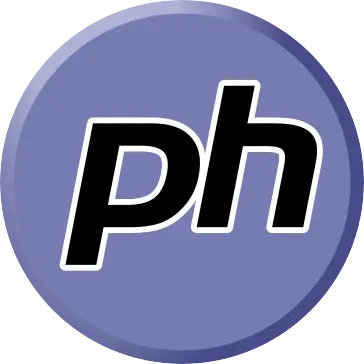

I’m not any type of lawyer, especially not a copyright lawyer, though I’ve been informed that the point of having the copyright date is to mark when the work (book, website, photo, etc) was produced and when last edited. Both aspects are important, since the original date is when the copyright clock starts counting, and having it further in the past is useful to prove infringement that occurs later.
Likewise, each update to the work imbues a new copyright on just the updated parts, which starts its own clock, and is again useful to prosecute infringement.
As a result, updating the copyright date is not an exercise of writing today’s year. But rather, it’s adding years to a list, compressing as needed, but never removing any years. For example, if a work was created in 2012 and updated in 2013, 2015, 2016, 2017, and 2022, the copyright date could look like:
© 2012, 2013, 2015-2017, 2022
To be clear, I’m not terribly concerned with whether large, institutional copyright holders are able to effectively litigate their IP holdings. Rather, this is advice for small producers of works, like freelancers or folks hosting their own blog. In the age of AI, copyright abuse against small players is now rampant, and a copyright date that is always the current year is ammunition for an AI company’s lawyer to argue that they didn’t plagiarize your work, because your work has a date that came after when they trained their models.
Not that the copyright date is wholly dispositive, but it makes clear from the get-go when a work came unto copyright protection.
I know this is c/programmerhumor but I’ll take a stab at the question. If I may broaden the question to include collectively the set of software engineers, programmers, and (from a mainframe era) operators – but will still use “programmers” for brevity – then we can find examples of all sorts of other roles being taken over by computers or subsumed as part of a different worker’s job description. So it shouldn’t really be surprising that the job of programmer would also be partially offloaded.
The classic example of computer-induced obsolescence is the job of typist, where a large organization would employ staff to operate typewriters to convert hand-written memos into typed documents. Helped by the availability of word processors – no, not the software but a standalone appliance – and then the personal computer, the expectation moved to where knowledge workers have to type their own documents.
If we look to some of the earliest analog computers, built to compute differential equations such as for weather and flow analysis, a small team of people would be needed to operate and interpret the results for the research staff. But nowadays, researchers are expected to crunch their own numbers, possibly aided by a statistics or data analyst expert, but they’re still working in R or Python, as opposed to a dedicated person or team that sets up the analysis program.
In that sense, the job of setting up tasks to run on a computer – that is, the old definition of “programming” the machine – has moved to the users. But alleviating the burden on programmers isn’t always going to be viewed as obsolescence. Otherwise, we’d say that tab-complete is making human-typing obsolete lol